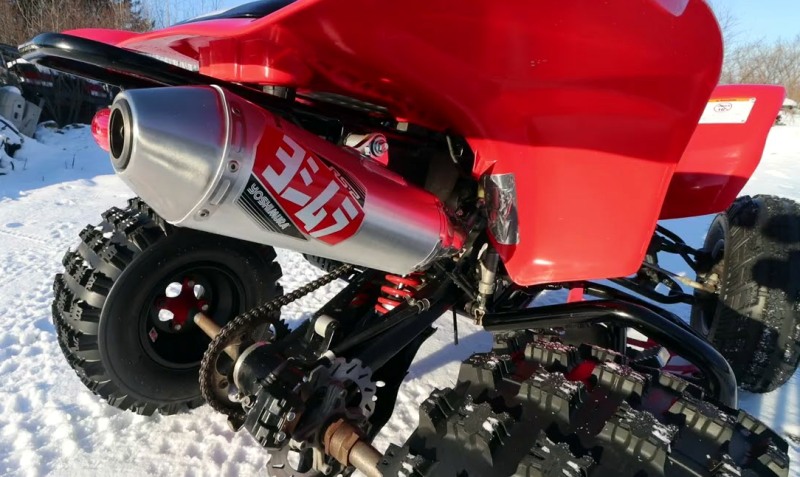Ask The Editors: How Do I Jet For New Exhaust?

Performance gains means tweaking the carb.
At the risk of sounding snarky, the simplest way would be to ask the individual you are acquiring the exhaust system from what jetting he was running with the system. Jetting a carb to make optimum use of a new exhaust is almost always a process of trial and error so whenever you can save yourself the headache and build upon the time someone else already put in figuring out the best combination, that should be your starting point.
If that isn’t an option for you, let’s take a moment to explain what’s happening scientifically. An aftermarket exhaust system, in addition to looking cool and sounding better than stock, usually adds performance by allowing greater exhaust flow to leave the cylinder with each engine cycle. Why doesn’t the stock system flow air out as well? Because the manufacturers have to meet very strict emission standards that the aftermarket doesn’t need to worry about.
Flowing greater exhaust mass is a great thing for your engine but the trouble is whenever you alter one of the three ingredients of combustion (air, fuel and spark), you need to compensate elsewhere to keep things balanced. In this case you are allowing more exhaust to escape and drawing greater air volume in, which suddenly makes the fuel ratio go lean. This means higher temps, popping and can actually rob you of performance.
The solution is usually a simple one – go bigger on the jets (main and pilot) to let more fuel enter the carb as well as more air. Talking to people running aftermarket exhaust systems on their 400EXs, it seems the stock main jet is 148 and the stock pilot jet is 38. We’ve been hearing around 155 for a slip on (aftermarket muffler) to 160 for a full exhaust on the main jet keeps things pretty well balanced (even up to 165-170 if you modify the airbox lid or switch to an aftermarket intake to allow for more air flow and one step up for the pilot should be plenty (40). You do not need to remove the carb to swap the main jet.

To test, we typically order a few main jets (150, 155, 160, 165 and 170). Warm the engine to normal operating temperature then get it out to an area where you can put it through the gears. Pay close attention, is it running smooth? If it’s popping or surging especially at the top of each gear, you’re running lean and will want to switch to the next size up on the main. Test again. If it’s bogging and losing power when you get on the throttle, you have the opposite problem and went too big on the main. Switch to the next smaller size main and try again. It’s all trial and error but these numbers should be able to get you to a position where you can hone in precisely.
Additionally, make sure you fill it with fresh fuel (as old gas can make your performance inaccurate) when testing and once you find your perfect jetting spec, don’t worry if the machine isn’t idling well. Last step is to fine tune the fuel screw about 1/8 turn at a time until it’s idling steady/ any small bogs disappear.

